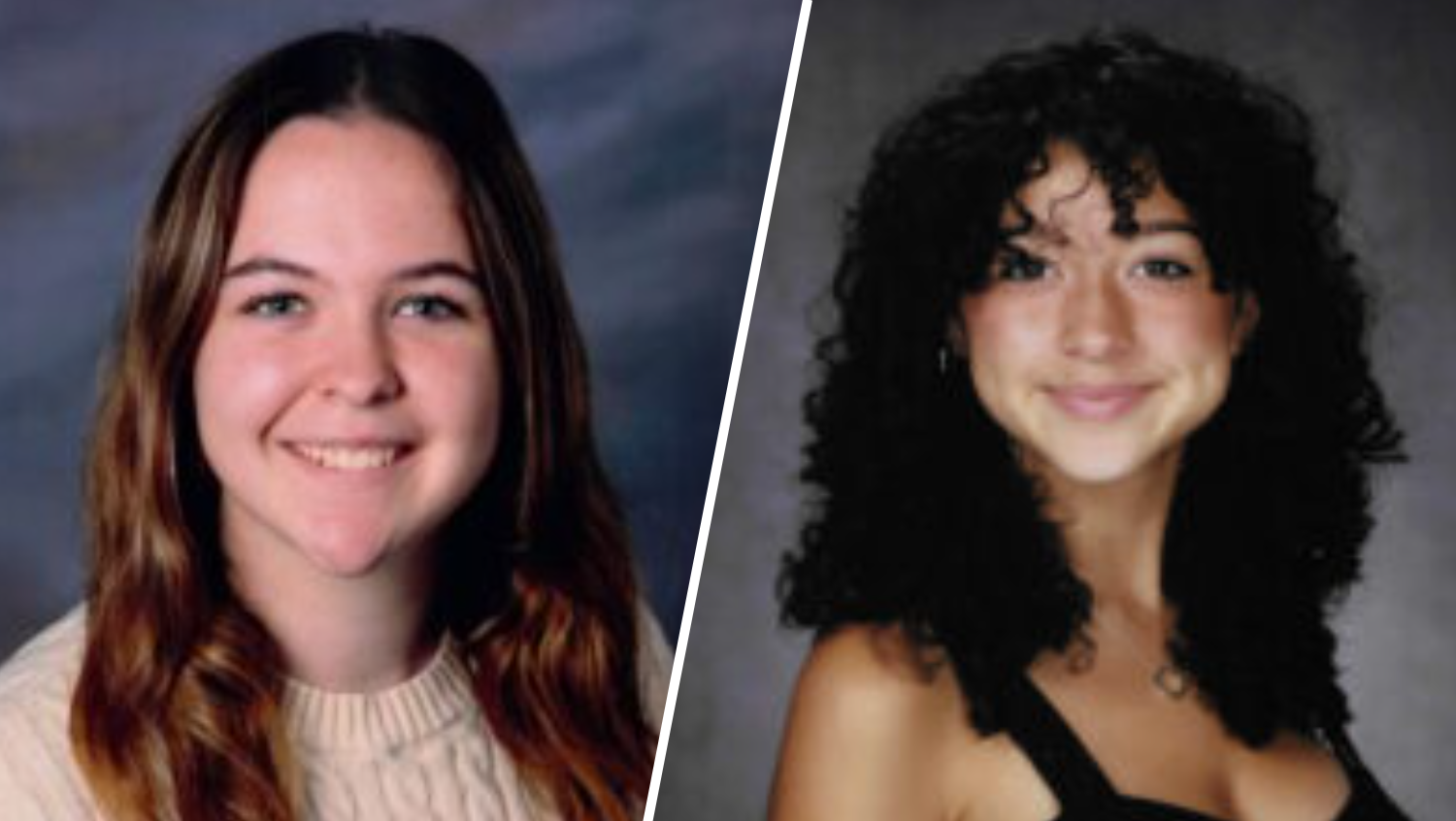Twenty years after the deadly shooting at Santana High School, first responders are reflecting on the emotional impact of the tragedy and lessons learned for the San Diego County Sheriff’s Department.
The shooting happened on Monday, March 5, 2001 at 9:05 a.m. In a matter of minutes, two students, Bryan Zuckor and Randy Gordon, were killed. Thirteen others were wounded. Fellow student Charles Andrew “Andy” Williams, at the time 15, pleaded guilty to first-degree murder and was sentenced to 50 years to life.
“I remember driving home, and I was driving by a church and I thought, ‘Oh my gosh, what just happened.’ It was really tough but you don’t realize that in the heat of the moment," said retired Sheriff’s Dept. Lt. Christine Robbins.
At the time of the shooting, Robbins was a patrol Sergeant at the Santee substation. She was tasked with organizing a nearby command post and directing law enforcement personnel at the scene.
Get San Diego local news, weather forecasts, sports and lifestyle stories to your inbox. Sign up for NBC San Diego newsletters.
It was her job to manage a hectic, chaotic scene.
“There was a sea of kids that literally were running across the street, jumping fences, just trying to get off of campus,” Robbins said.
At the same time, her husband, retired Lt. Paul Robbins was a deputy on the SWAT team. He was working out at a nearby fitness center, when he received a stunning page.
“It said something to the effect of, ‘Active shooter, Santana High School,’” Paul Robbins said.
He immediately rushed to the school, so eager to react quickly to potentially save lives, he donned his helmet and weapons, all the while, still in his gym clothes.
“I just felt that, by not putting on the uniform, because seconds, in my mind, could mean lives. I just wanted to be able to respond equipped to stop the threat as soon as I could,” Paul Robbins said.
As the Robbins’ quickly jumped into action, patrol deputy Ali Perez happened to be several miles away on another detail. He heard the initial call on the radio, which was dispatched as a ‘245’, police code for assault with a deadly weapon.
“And then there was a long pause and the dispatcher said, ‘A student’s been shot,’” said Perez, who rushed to the school and was there within minutes.
Perez would eventually be the deputy who handcuffed the shooter.
“A swarm of kids are coming out, as we’re trying to go in, and it’s absolute chaos,” said Perez, reflecting on his arrival.
Perez was one of three other deputies, as well as an off-duty San Diego Police officer, first to go onto the campus searching for the shooter or shooters. He recalled being up against a wall with a fellow deputy.
“Unbeknownst to us at the time is we were on one side of a wall and the other side, there was a bathroom,” Perez said.
The shooter was inside that bathroom with two wounded students. It was later learned that the shooter was reloading a gun to step outside the bathroom to fire the weapon.
When Perez rounded the corner toward the bathroom, he said the shooter calmly surrendered.
“He was really calm, and I’ll never forget this as long as I live. He was really calm, and he kind of smiled, and said, 'It’s just me, I’m the only one,'” Perez said.
The shooting at Santana High School happened nearly two years after the deadly shooting at Columbine High School in Colorado. After that shooting, the SDSO Department held an active shooter drill at a local high school.
At the time, it was department policy to arrive to a critical incident, stage and wait for the arrival of the SWAT team.
But after that drill, Christine Robbins recalls having what she called, "What if it happened here" discussions with her patrol officers. She recalled the words of Deputy Perez.
“He said, ‘I don’t know about the rest of you, but I can’t stand by and let someone get hurt or shot while we’re waiting for resources. I’m going to go in,’” said Christine Robbins.
Perez recalled the same discussions.
“I talked to my team, and said, 'I don’t know about you guys, but I’m not waiting while kids are getting shot. We’re going in.' And that was all of us together. And we all agreed, if this ever happened, we're going to go in together, we’re going in as a group, we’re going to find the shooter, and we’re going to take care of business,” said Perez.
And that’s exactly what happened.
Christine Robbins believes having the fortitude to have that discussion before the tragedy likely saved more lives.
“It absolutely saved lives,” said Robbins.
The shooting at Santana High School led to the development of regional active shooter response training called Immediate Action, Rapid Deployment (IARD). Now, it’s routine for any law enforcement agency to enter a critical incident scene as soon as possible with the objective of finding and stopping the threat with the least amount of force.
Meanwhile, the first responders to Santana High School still have strong emotions 20 years later.
“Emotionally, there’s not a time that I drive by Santana High School, I’m a resident out here in East County, and when I drive by Santana High school, I always think about it, and I always feel for the two young men and their families, said Perez.



